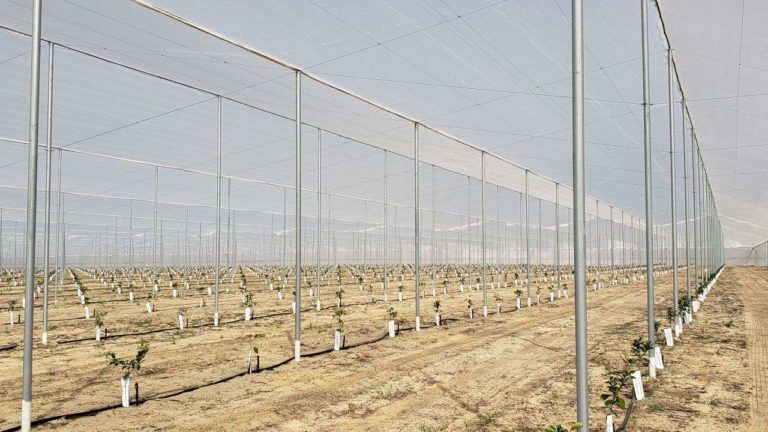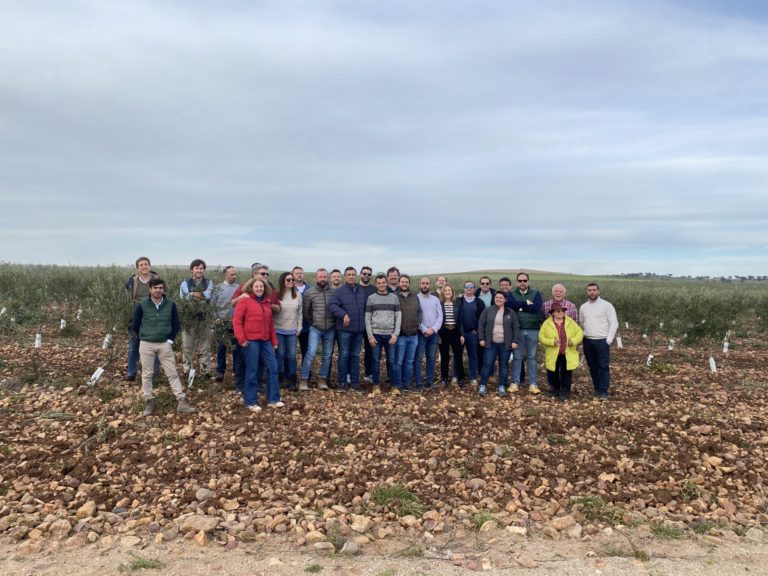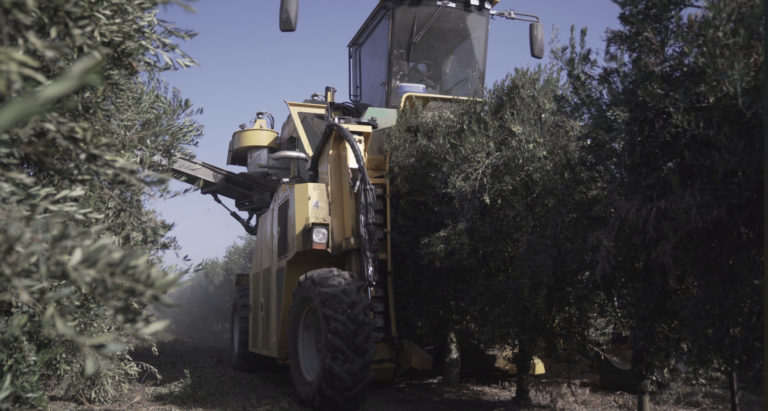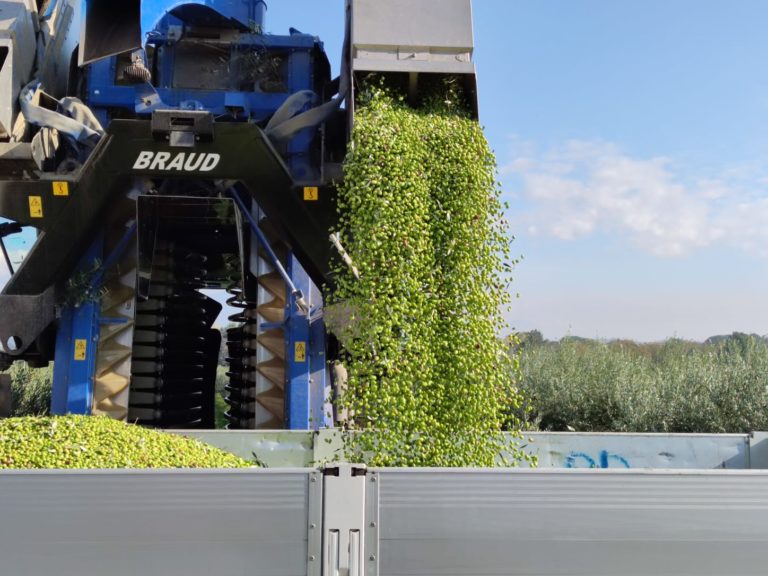New Varieties of hedgerow Olive Trees
The hedgerow olive trees and the olive oil panorama, as well as the priorities when choosing varieties, changed when in the early 1990s it began to be considered that olives could be cultivated like a vineyard to be harvested with a harvesting machine.
It is well known that the origin of the olive tree is Mediterranean, specifically from the area of the Near East. From there, initially through Phoenician merchants, different varieties entered our peninsula. These introduced varieties have been selected throughout history according to different criteria such as their adaptation to climatic conditions, high yields, and primarily their vigor. Just take a walk around our geography to see the perfect match that this species made with our soil and climatic conditions, and it is very difficult to find a province where olive trees are not cultivated.
Obviously, the existing varieties were studied, that is, the varieties that nature had made available to us from a different perspective. A highly productive and less vigorous variety was needed. The latter is precisely the most important limiting factor for a variety to be considered adaptable to this system, with reduced planting frames.
All eyes turned to the arbequina variety (the first hedge olive planting in history in 1994 in Huesca, made by Agromillora). he success of the arbequina-hedge alliance is well known to everyone. Even today, it remains the most widespread variety, although not for much longer…
Thanks to the natural curiosity of the human mind, other avenues for improving this system were explored, and in trials at Agromillora, the arbosana variety was valued, and only 3 years after the first super-intensive plantation with arbequina, the first one with this variety was made. The success of this variety, which takes more market share from arbequina every year, is also well known.
And perhaps, seeing the improvements that some characteristics of this variety had brought to the system, it began to be thought that maybe everything was not written with arbequina and arbosana, and that other interesting varieties could emerge, already existing in nature or even created by humans, allowing for a wider range of varieties.
First Hedgerow Olive Plantations
And so we come to the early years of the new millennium, where the first plantations with the Sikitita® variety began, coming from the joint improvement program of the University of Cordoba and IFAPA, which was obtained through a directed cross between the picual and arbequina varieties. Time has shown that this variety has also come to stay, providing some interesting characteristics.
Only a few years later, the Oliana variety arrives, obtained and selected from among 290 genotypes during the development of a genetic improvement program carried out by Agromillora that began in 1997 and lasted for more than 10 years.
Subsequently, a new variety selected by the University of Bari, Lecciana®, is introduced. Lecciana® is positioned as the first variety adapted to hedge cultivation of Italian origin. A country where the quality of the oil is a distinguishing (foto1).
To better understand what these varieties contribute, let’s initially study the characteristics we’re interested in through the differences between arbequina and arbosana:
- Arbequina: Reduced vigor (compared to others like picual and hojiblanca), erect growth habit, rustic, although it doesn’t like calcareous soils, productive, less alternating, early (it produces fruit after 3 springs), moderately tolerant to the cold climates of the northern peninsula.
- Arbosana: Slightly lower vigor than arbequina, globular growth habit through greater natural branching (not erect), better performance in calcareous soils, slightly less rustic, cold-sensitive, equally early and equally less alternating.
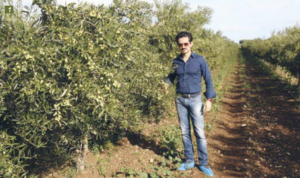
What improvements did the arbosana variety bring us? Greater oil productivity per unit of surface area with lower management costs due to its branching pattern and lower vigor.
Weak points of arbosana? Its poor adaptation to cold climates, delayed harvesting time (3-4 weeks after arbequina), and the fact that its oil type is similar to that of arbequina.
And after this lengthy introduction, we arrive at the core of this article, what characteristics do the Oliana and Lecciana varieties bring that arbequina or arbosana don’t have, and that the sector demands with special interest?
The varietal characterization in woody plants is very slow (we need several harvests to draw some conclusions, and to observe them in different soil and climatic conditions so that these conclusions are also conclusive). After 10 years since the first planting of these varieties, we begin to see clear improvements:
OLIANA
Result of the cross between arbequina (mother) x arbosana (father), through a genetic improvement program by Agromillora. (Foto 2)
What is most interesting about this variety?
The VIGOR (foto 3). It has the lowest vigor of all known varieties for hedge planting, it is extremely bushy, requiring almost no pruning (just controlling the lower branches and hedge perimeter), it struggles to produce thick woody branches, thus producing thin branches that bear very fruitful shoots.
Arbequina and arbosana, as specified earlier, are low in vigor, but experience in benign climates, fertile soils, and good irrigation supplies tells us that we can also encounter difficulties in renewing hedge wood.
The Oliana® variety completely solves this circumstance, becoming our lifeline in deep and fertile soils, where it grows very slowly without emitting thick wood while producing countless fruits (it inherited from arbosana the way of bearing fruit in clusters, even improving the fruit/m3 crown index). The other aspect it brings is its COLD TOLERANCE, it is cultivated in the north of the peninsula, and we can even say that it surpasses its mother arbequina, as seen in several very demanding experiments.
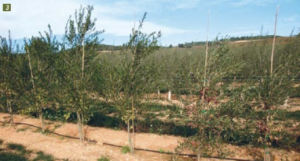
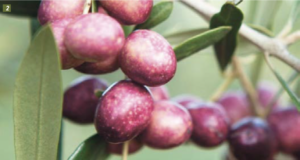
In summary, we have a variety that requires the least pruning, avoiding the problems caused by arbequina and to a lesser extent arbosana, while also being cold-resistant, able to be planted where arbosana cannot reach.
Furthermore, its high leaf-to-wood ratio makes it very interesting for dryland cultivation, where its delayed ripening can make better use of the early autumn rains compared to arbequina.
LECCIANA
A variety co-obtained between the University of Bari (Italy) and Agromillora, resulting from the cross between arbosana x Italian leccino. (foto 4)
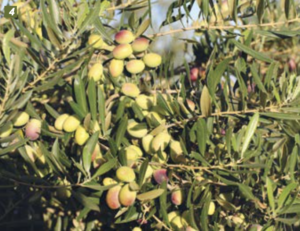
What does this variety contribute?
So far, we have focused on the agronomic characteristics of olive varieties, but with this variety, we need to broaden the scope to the characteristics of the oil it produces, as it is clearly a different oil from those obtained from other varieties suitable for hedge planting. This makes it very interesting from two different perspectives:
-
Chemical profile of the oil. Its high polyphenol content gives these oils high stability and ensures that their characteristics remain intact until they reach the consumer on supermarket shelves, as well as in their use in the restaurant industry.
At this point, it creates a marked difference from the oils of the previously mentioned varieties, which have a lower amount of polyphenols. If we add to this a possible mishandling in the oil’s conservation, the result could be oils that lose a large part of their healthy and organoleptic properties, and in many cases, the extra virgin category.
-
Organoleptic characteristics of great interest: Lecciana produces oils with great personality, which has made it the winner of major awards and quickly well-known among professional tasters in the sector. It is a variety of high value when it comes to leading other oils and making blends. (fotos 5 and 6).
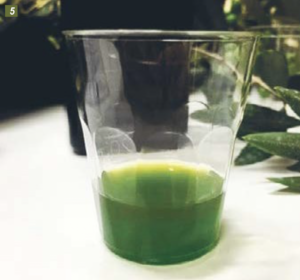
It’s not far-fetched to think of a not-so-distant future where oils from widely planted varieties like arbequina, with lower stability, have a lower price level than others that provide more security to the marketer or more organoleptic richness while also being more exclusive due to their lower global supply.
Regarding agronomic characteristics, it’s worth noting its high cold tolerance, greater than Oliana® and arbequina, and its medium vigor (between arbequina and koroneiki). Its ideal harvesting time is one week earlier than arbequina, making it very interesting for the better prices recorded during those dates.
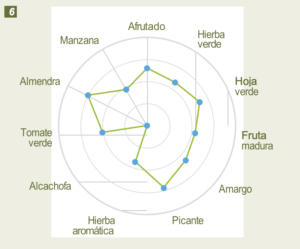
In summary, it’s a perfect variety for producers looking for something different in their oil, who want to position themselves outside the usual bulk market, ensuring the profitability of their operation for more years.
And in terms of soil and climate conditions, it’s highly recommended in cold climates due to its tolerance, in soils with low to medium fertility, or when we want to harvest before the arbequina variety to achieve better price levels.

